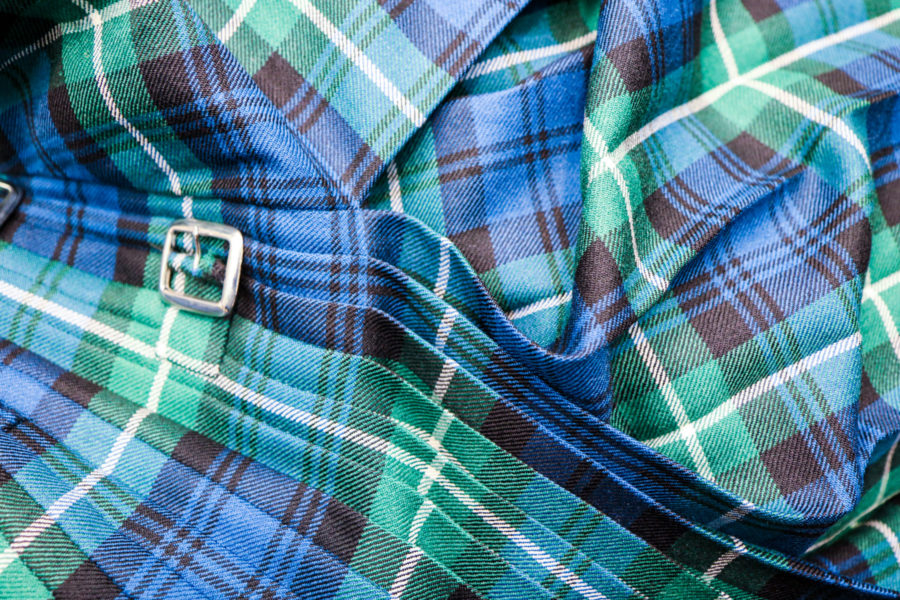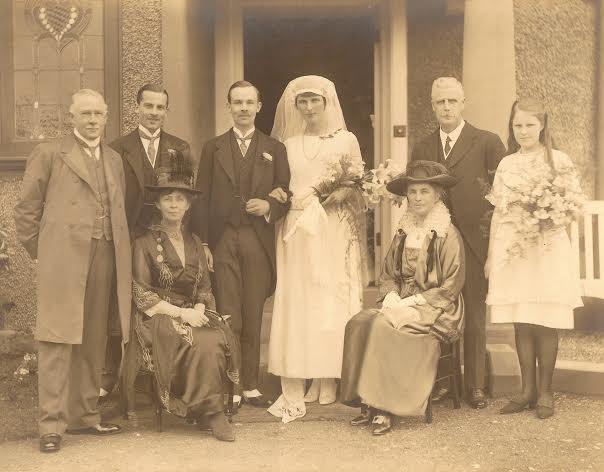30th November 2016 Vienna, Austria
What connects St Andrew’s Day and a cricket-ball death?

30 November is St Andrew’s Day, named after the Patron Saint of Scotland.
St Andrew offers continuity across cultures: he was crucified at Patras, in modern-day Greece, and his body was taken to Constantinople before being transferred to Amalfi in Italy in the 13th Century.
Language Teaching Assistant Dan explains St Andrew’s Day
The official Scotland.org website says: “legend has it that a Greek monk known as St Rule or St Regulus was ordered in a vision to take a few relics of Andrew to the ‘ends of the earth’ for safe keeping. He set off on a sea journey to eventually come ashore on the coast of Fife at a settlement which is now the modern town of St Andrews”.
St Andrew became the Patron Saint of Scotland and the Saltire, or St Andrew’s Cross, became the national emblem and flag of the Scots.
I have not yet found a connection between St Andrew and Austria: if you know of one, please let me know. But Scots have played a big role in Austria. The famous Schottenkirche (“Scottish Church”) was founded by Hiberno-Scottish Benedictine monks in the 12th Century; the nearby Schottentor (“Scottish Gate”) dates from the 13thC. Scottish company Coats of Paisley helped establish the textile industry in St Polten in the 19th Century. Here in Austria we regularly interact with Scottish businesses – for example, when we lobby on behalf of the Scotch Whisky Association, or my recent visit to the House of Scotland store in Vienna.
I was delighted to establish recently a personal connection with Scotland. My great-grandmother Louisa Dempster was born in Elland in Yorkshire. But both her parents were Scottish – her grandfather, John Bonella, was born in Leuchars, across the bay from St Andrews, where St Rule or St Regulus came ashore. Louisa married my great-grandfather Ernest Hovey, a Yorkshireman born in Sheffield and one of eleven children, who was later killed, bizarrely, when struck in the stomach by a cricket ball. My grandfather, Baldwin, was four when Ernest died in 1892.

You can see Louisa in this photo of Baldwin’s wedding to my grandmother Mildred, taken in 1920. Louisa is the elegant woman seated on the left, in the predominantly dark clothes. The fact she was Scottish means that I in turn am proudly one-eight Scottish (I am also proudly one-eighth Welsh) and can legitimately wear a kilt. Mine is in the picture above – a Lamont tartan.
I look forward to continuing to support Scottish or any other British businesses who need help in Austria. Please contact us at commerce@britishembassy.at.
It is remarkable how many families in the UK and beyond have Scottish blood somewhere in their ancestry. This makes recent events in Scotland even more sad for those hoping the UK will remain intact.